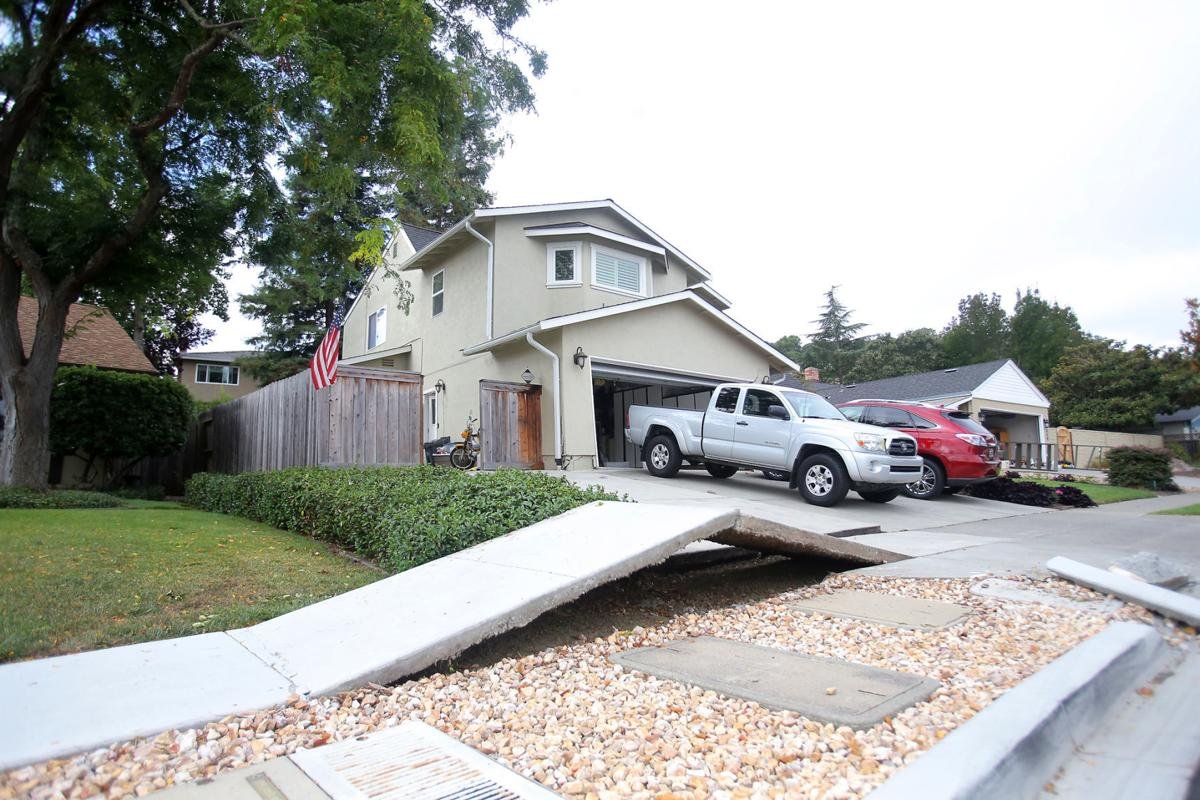Pyrite:
Pyrite is a naturally occurring iron disulfide mineral found in the backfill material used during construction. In contact with moisture and oxygen, a chemical reaction produces sulphate and causes the material to increase its volume. The damages caused by this material can be very expensive to fix. In fact, you may need to change the whole foundation.
UFFI isolation:
Urea Formaldehyde Foam Insulation (UFFI) is made up from urea-formaldehyde resin, a foaming insulation. This material off-gasses Formaldehyde, a carcinogen and dangerous gas, for at least thirty years after it’s installation. The use of this insulation was banned in Canada in early 80s and technically by now, most of the present insulations installed in Canada have stopped off gassing. The problem re-starts when the insulation comes in contact with humidity, where it starts off gassing Formaldehyde again. Another concern is that this type of insulation is in fact, one of the causes of having excessive humidity issues in a building since the insulation blocks the air gap in the external walls and causes the moisture to be trapped in the wall. Fixing this issue, in some cases, can cost more than 100,000 dollars!
Iron ochre:
Iron ochre is a reddish mud forming in the soil as a result of a chemical or biochemical reaction in the soil. This material can block the foundation drain (aka French drain) cause increased humidity rates in the basement. Fixing the problem can be extremely expensive, but this is only one side of the coin! increased maintenance fees of the house will affect the market value of the house and cause you to lose even more money!
Carpenter ants:
Carpenter ants and termites are two different species who attack the wooden structure of houses. The damages to the wood can be important, however, the presence of these insects is an indicator of a bigger issue; HUMIDITY! These species need a wood that has been humid for a long time, this usually goes along with mold and bacteria growth. Most people call an exterminator the minute they realize the presence of carpenter ants or termites, but we recommend you have the house inspected to find the main source of the problem and its spread.
Asbestos:
Asbestos is an element which can be present in some minerals used in a vast number of building materials. During the last decades, thanks to the efforts of health care professionals and scientists, the use of most of the materials containing asbestos was banned in Canada, but there are a considerable number of houses that have this element in a vast number of building materials such as vinyl asbestos floor tiles, soundproofing ceiling tiles, roofing shingles and felt or siding, plaster, including acoustical plaster, older surface treatments (paint, putty, drywall, caulking, sealants, spackling and roofing compounds like tar paper) and insulation (insulation around hot water pipes and tanks).
Clay (expansive) soils:
When expansive soils gain moisture, they expand or swell up, when they lose moisture, they shrink or lose volume. These drastic changes in volume can cause important damages to the foundation walls and the structure of the house. Nowadays, some tests and analyses are done before start of construction, but these rules and analyses weren’t in place few years ago.



There are some attention-grabbing deadlines on this article but I don’t know if I see all of them middle to heart. There may be some validity however Ill take hold opinion till I look into it further. Good article , thanks and we would like extra! Added to FeedBurner as nicely